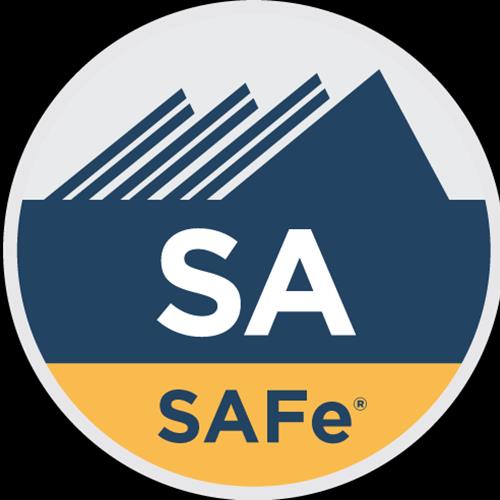What is a value chain according to the SAFe framework?
It is a series of steps put in place to create value for the customer/end-user, from creation to delivery of the solution, whether it is a product, a service or a system. In addition to the steps, a value chain includes the people who perform those steps, the system they use to do so, and the flow of information and materials needed to meet the demand. Several value chains can coexist.
What are the different value chains?
We distinguish :
- Operational value chains: they include the steps and people that deliver value to the end customer, using the business solutions created by the development value chains.
- Development value chains: they include the steps and people who develop the business solutions used by the operational value chains.
Why organize teams into value chains?
To reduce time to delivery or time to market, because :
- They reduce handoffs and delays ;
- They allow teams to focus on delivering value (not projects that focus on completed tasks);
- They accelerate time to market and allow for shorter learning times;
- They contribute to increased efficiency and productivity, and therefore higher quality solutions;
- They support lean development and budgeting methods.
Value chains therefore enable organizations to visualize workflows and make the necessary improvements to deliver more value faster.
How to identify value chains?
This is not always easy because the more the company grows, the more complex its organization becomes. To overcome this challenge and succeed in identifying the value chains, it is necessary to respect certain steps:
- Identify how the organization provides value to its internal and/or external customers: through the products it sells? through its services? through its processes? This involves defining the operational value chains.
- Identify the solutions that support these operational value chains (and the people who operate them) and map them to the different stages of the value chain.
- Identify the people who develop and maintain these solutions.
- Identify the development value chains, which include the trigger (the business need) and the value stream (benefits provided by the solution).
- Define the ARTs (Agile Release Trains), composed of 50 to 125 people, who create the actual value within the value chains. Several ARTs can coexist, either independently (each delivering its own solution) or linked (each contributing to the delivery of the solution).
Why map value chains?
Normally, each value stream provides the customer with a value stream that is defined and measurable. This is what makes it possible to improve it by using mapping. Mapping is an analytical process that facilitates the understanding of value generation... and thus promotes continuous improvement in time to market.
What are the benefits of value stream mapping?
Mapping improves time to market by
- reducing waste ;
- identification of bottlenecks and their treatment;
- Cross-functional collaboration: everyone can validate that they are working towards a common goal and appreciate what others are doing (and, if necessary, raise flags or contribute, which in all cases improves efficiency).
All these elements improve quality.
In conclusion
Thanks to SAFe your organization can take advantage of the benefits of value chains, and thus improve its efficiency, deliver better products/services and improve its customer relationship.
Where to start :











